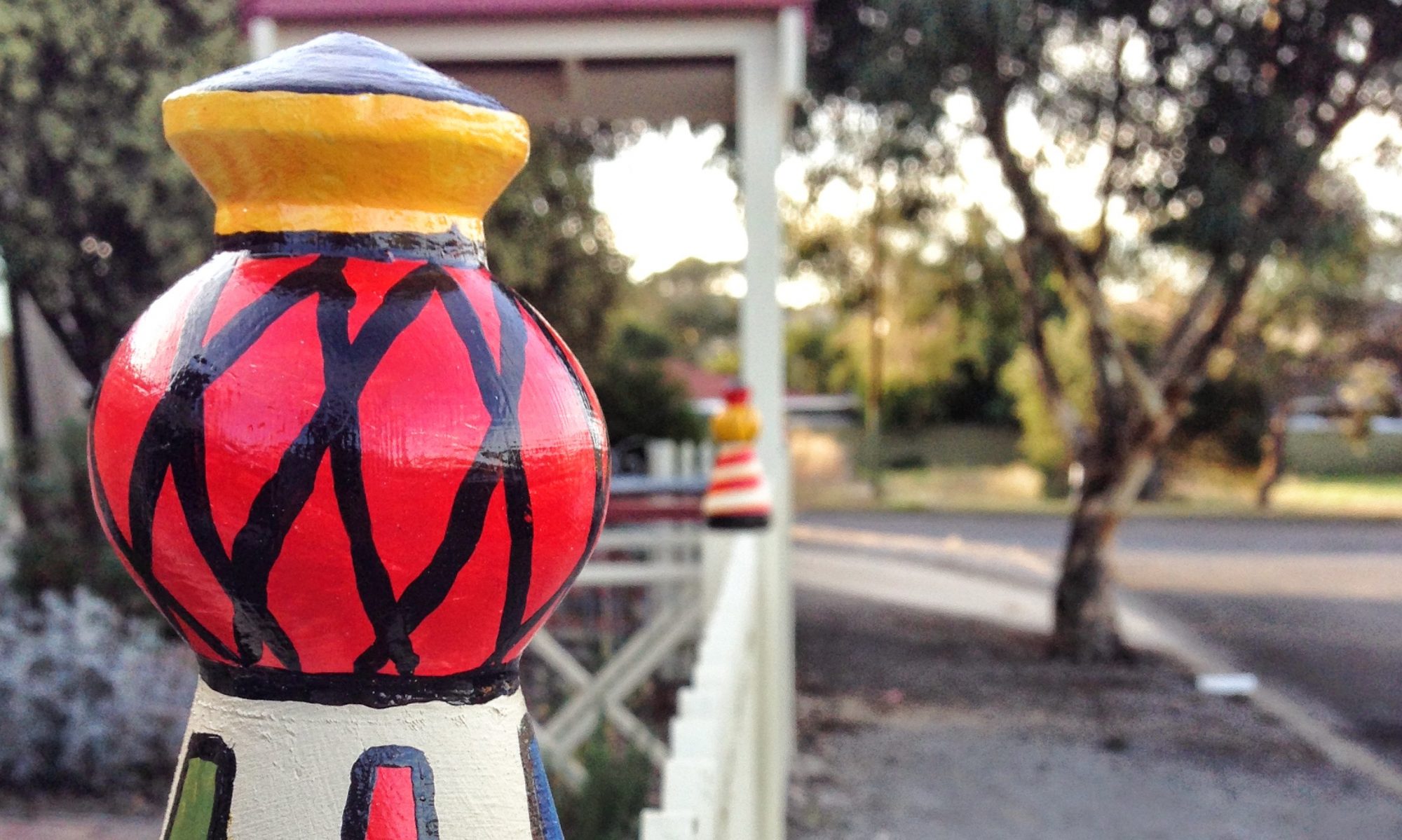My current challenge in wood turning is to make some trivets out of wood. The feature of the design is concentric circles on each face of the trivet. The overall size is 150 mm in diameter and 15 mm thick. One face has concentric circles that are radiating out from the centre. The opposing side has a group of three concentric circles. The cuts are made with a parting tool to a depth that is half the thickness of the trivet.
Small feet are turned from a contrasting timber. This has the trivet sitting off the table and highlights the details of the circles.
In order to complete this project I have construction a jam chuck. This will be constructed from 18 mm MDF. It is a 2 piece construction with a 2220 mm backing plate that attaches to the lathe. I used a 50 mm face plate but a wooden piece could be turned and glued to the backing place as a means of attaching it to the lathe with chuck. The jam chuck is nothing more than another piece of MDF approx 165 mm in diameter.
It is important that the jam chuck is centered on the backing plate. I use the point of a skew chisel to find the centre of the backing plate. Attached the piece that will become the jam chuck through the centre to the backing plate. Locate and drill two holes on the outer edge making sure that they are well outside the 150 mm diameter. Remove the centre screw and turn a recess 150 mm in diameter to depth of 6 mm. This jam chuck will allow the concentric circles to be turned on both sides.
The idea comes from an article entitled Heat Shield in the April 2011 issue of The Woodworker.















